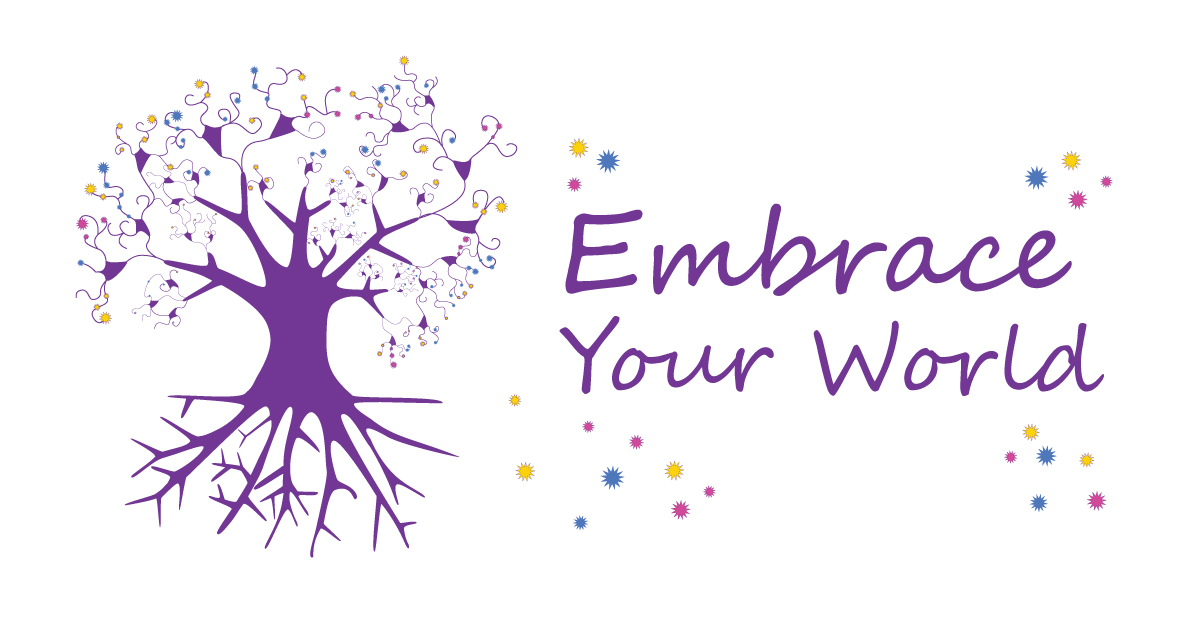The more you understand hypnotherapy the more effective it is likely to be. If there are any points below which you don’t agree with, or don’t understand, please feel free to discuss them with me.
- Hypnosis is a special way of using various naturally-occurring psychological and physiological states. It’s a collaborative process in which you allow yourself to follow the guidance of the therapist by using your imagination to evoke positive emotions and rehearse behaviour change.
- Everyone can, in principle, be hypnotised. It has been shown to help if you relax, think positively, and imagine the things being suggested.
- Hypnotic ‘trance’, so called, is an increased ability to respond to positive suggestions, usually accompanied simply by relaxed attention to the ideas being suggested.
- Hypnosis is definitely not a state of sleep or unconsciousness. Roughly 90% of people report being aware of everything that happens, and relaxation helps but is not essential to hypnosis.
- Hypnosis is definitely not a state of mind control. You cannot be made to do anything against your will. On the contrary, normally you must want to accept suggested ideas and actively imagine responding to experience their effects.
- Hypnosis is completely safe when used in a responsible and professional manner. Nobody has ever been ‘stuck’ in hypnosis.
- Comedy stage hypnosis has very little to do with clinical hypnotherapy and has been shown to foster misconceptions which can prevent people from benefiting from treatment. Take what you see on TV with a generous pinch of salt.
- Hypnotic suggestions is a means of experiencing certain helpful ideas at a level profound enough to directly influence our emotions and behaviour.
- Psychological and emotional problems can be seen as the result of negative thinking, whereas hypnotherapy aims to encourage (‘suggest’) positive ideas which lead to improvement.
- Hypnotherapy usually requires more than one session. However, it is probably one of the briefest forms of psychological therapy, and in clinical studies the average number of sessions is around 4 – 6.
- Hypnosis can help with an enormous range of different issues. Research tends to provide most support for its use in:
- Anxiety management
- Pain management
- Overcoming sleep disorders
- Treating certain psychosomatic or stress-related illnesses
- However, hypnosis is also used to conquer habits such as nail biting or smoking cigarettes, and for personal development in areas such as sports performance, public speaking, or creativity.
- Thousands of positive experimental and clinical research studies on hypnosis have been published. It was recognised as an effective treatment by the British Medical Association (BMA) and American Medical Association (AMA) in the 1950s and more recently by the American Psychological Association (for obesity) and NICE guidance (for IBS) used by the NHS.
- Hypnosis is essentially a simple, down to earth, and common-sense therapy. For example, by relaxing, thinking positively, and picturing your goals, hypnosis can help you to progressively improve your habitual feelings and behaviour.
References
AMA (1958) ‘Council on Mental Health; Medical use of Hypnosis’ JAMA, Sep 13, 1958: 186-189
BMA (1955) ‘Medical use of Hypnotism: Report of a Subcommittee appointed by the Psychological Medicine Group Committee of the British Medical Association’, Supplement to the BMJ April 23, 1955: 190-193 Appendix X
BPS (2001) The Nature of Hypnosis, Leicester :BPS
APA (1997) Update on Empirically Validated Treatments, The Clinical Psychologist 1997
